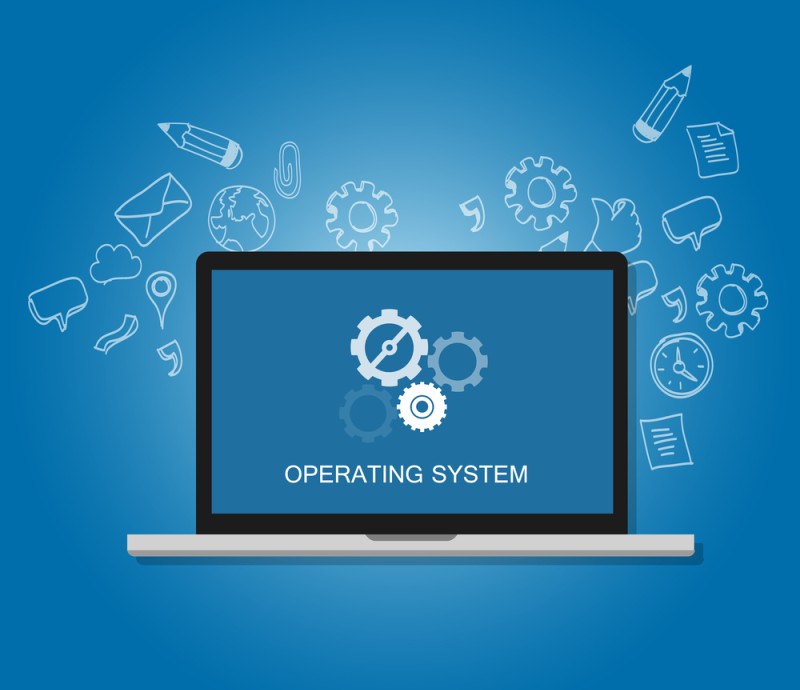Operating System (OS) is the most important program that is first loaded on the computer when the system is switched on. Application programs access the operating system by requesting services through a defined application program interface (API). In addition, users can interact directly with the operating system through a user interface, such as a command-line interface (CLI) or graphical UI (GUI).
Examples of Operating Systems –
- Windows (GUI based, PC).
- GNU/Linux (Personal, Workstation, ISP, File and Print Server, Three-Tier Client/Server).
- MacOS (Macintosh), used for Apple’s personal computer and workstations (MacBook, iMac).
- Android (Google’s operating system for smartphones/tablets/smartwatches).
- iOS (Apple’s OS for the iPhone, iPad, and iPod Touch).
Features of Operating System (OS) –
- Protected and Observer Mode.
- Allows disk access and file system device driver networking protection.
- program execution.
- Memory Management Virtual Memory Multitasking.
- Handling I/O operations.
- File system manipulation.
- Error detection and handling.
- Allocation of resources.
- Information and resource protection.
Functions of the Operating System
- Convenience : An OS makes the computer more convenient to use.
- Efficiency : An OS allows computer system resources to be used efficiently.
- Communications Management : Coordination and assignment of compilers, interpreters and other software resources to various users of computer systems.
- Ability to Evolve : An OS must be built in such a way as to allow effective development, testing, and introduction of new system functions at the same time without interfering with the service.
- Job Accounting : Keeping track of time and resources used by different jobs and users.
- Throughput : An OS must be built so that it can provide maximum throughput (number of tasks per unit time).
Other Important Activities –
Following are some of the important activities an operating system performs :
- Control over system performance – Recording delay between a request for a service and a response from the system.
- Security – Through passwords and other similar technologies, it prevents unauthorized access to programs and data.
- Error detection aids – Production of dumps, traces, error messages and other debugging and error detection aids.
- Job Accounting – Tracking the time and resources used by different jobs and users.
- Coordination between other software and users – The coordination and assignment of compilers, interpreters, assemblers, and other software to different users of a computer system.
